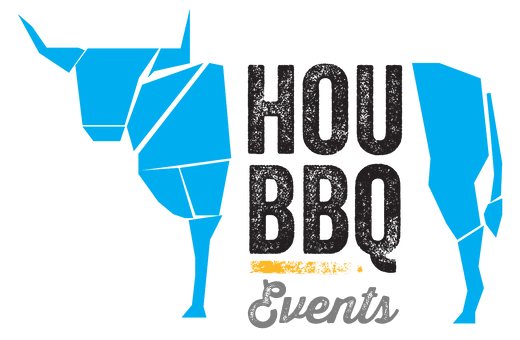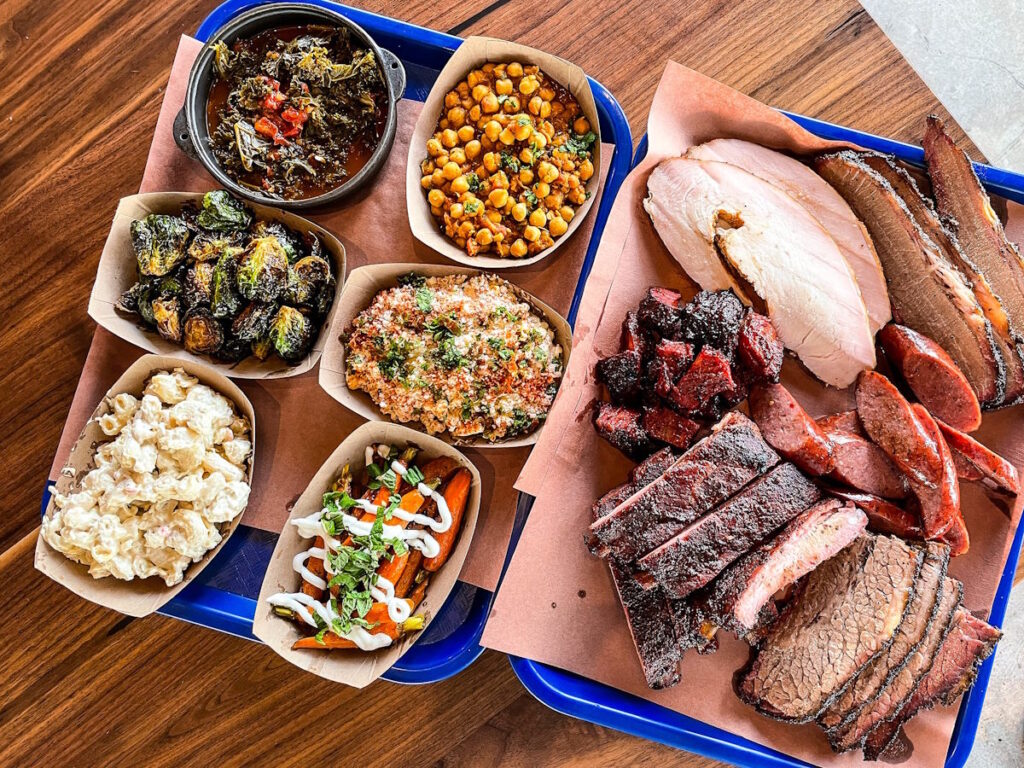A new era of “fourth wave” barbecue.
The barbecue joint of the future will look a lot like — and a lot different from — contemporary establishments.
First and foremost, the soul and foundation of Texas barbecue — the trinity of smoked brisket, pork ribs and sausage — will continue to be the focus of menus. And we will always be able to get our fill of potato salad, coleslaw and beans. Our favorite desserts — cobbler, banana pudding — will continue to provide comfort.
And when you pull into the parking lot at your favorite barbecue joint in the future, you can still expect to get a good whiff of burning post oak or mesquite as you exit the car: The process of cooking and flavoring meat with smoke and heat — low and slow — isn’t going anywhere.
But changes are coming. And they will be beneficial for barbecue fans and pitmasters alike. These changes are driven by recent economic and cultural upheavals.
The main driver is the rising price of meat and other consumables that are the lifeblood of a traditional barbecue joint. For instance, as the price of beef brisket continues to go up, barbecue joints will no longer be able to absorb this cost, or continue to raise prices. They will need to find new ways to both increase and diversify their revenue streams.
This will manifest in several ways: more diverse menus often created with a chef’s input; larger dining rooms to accommodate more customers; longer opening hours encompassing breakfast, lunch and dinner; and the addition of full bars that include, beer, wine and liquor.
These changes also play into the cultural shift brought about by COVID-19, specifically the increased demand for to-go and delivery orders, most recently codified in the new Texas law that makes to-go alcohol sales from restaurants a permanent service.
Texas barbecue joints will also need to establish a national media and merchandising presence. Mail-order companies such as Goldbelly allow local joints to sell their barbecue and other merchandise nationally. And those pitmasters with a savvy media presence can leverage their popularity and expertise to create new revenue streams through online subscription-based content (revealing the techniques of low-and-slow barbecue, for example).
Undoubtedly, the traditional craft barbecue joint that is only open for lunch and sells out in early afternoon will find ways to thrive even in the current climate, but expect future openings to offer more expansive spaces and menus.
Recently, Brett’s BBQ Shop in Katy, known for its tiny parking lot and even tinier dining room, announced an expansion to a much larger space that will include dining room, patio, full bar and plenty of parking to accommodate the ever-growing menu of specialty items created by partners Jacqueline Herrera and pitmaster Brett Jackson. And in June, Feges BBQ opened a much larger location in Spring Branch featuring lunch and dinner service and an expanded menu of craft beer and wine to pair with a menu of smoked meats and sides that evokes Houston’s diversity and culinary richness.
I call this new trend of more expansive and creative barbecue joints the “fourth wave” of Central Texas-style barbecue. Three previous eras include the rise of markets selling smoked meats in the late 1800s, then those establishments morphing into full-fledged barbecue joints in the early 1900s, then the craft barbecue movement of the early 2000s.
Let’s hope this new era is as delicious, profitable and tradition-making as those that came before it.


